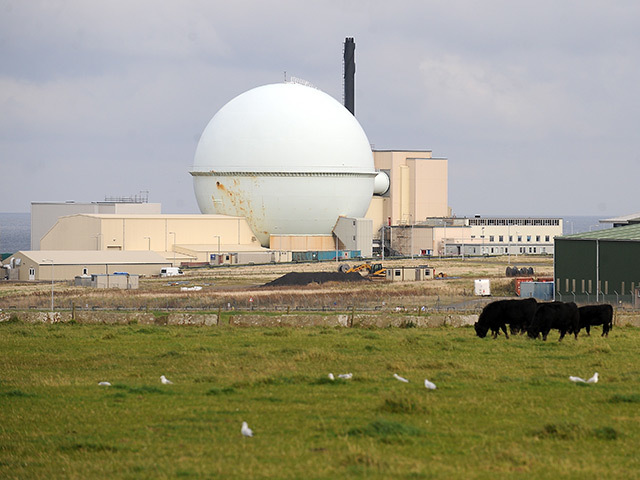
A leading independent nuclear expert has called for increased monitoring of a Caithness beach after an “alarming” radioactive fragment was found.
Dr John Large, who oversaw the salvage of Russian nuclear sub Kursk in 2000 and advises governments around the world, said the situation was “serious” and could threaten local communities.
The tiny particle of reprocessed fuel from Dounreay was discovered to contain radioactive americium.
Dr Large said the first recorded presence of the so-called “daughter of plutonium” in nuclear waste washed up on Sandside beach, near Reay, was probably discharged into the sea decades ago.
He added: “The trouble is that 20 or 30 or so years later it has turned up on a beach. If it reaches the surface – which is quite possible given natural disturbance by the tide etc – and gets dried out it can become airborne, thus threatening local communities. It is alarming.
“Of course it is serious. There’s not a lot you can do either – because finding these particles is a random process, you cannot predict where they are.
“Monitoring needs to be stepped up because there is a real risk these particles could end up in areas of population.”
A spokeswoman for Dounreay said: ”Addressing the legacy of radioactive particles in the marine environment around Dounreay is an important part of the site’s decommissioning programme. The particle monitoring regime for external beaches has been carried out for many years and is reported on our website.”
The particle was the 275th to be unearthed on the beach since the discovery of the first in 1984.
Found 18 centimetres under the surface during a routine sweep on January 11, it has a caesium 137 count of 110,000 bequerels of radioactivity.
If ingested, americium-241 can work its way into the bones, liver and, in males, the testicles, and remain in the body for some time.
Sand-sized fragments of irradiated nuclear fuel were flushed into the sea from Dounreay in the 1960s and 1970s.
Particles of irradiated nuclear fuel were first detected on the Dounreay site coastal strip in 1983 and on the beach at Sandside in 1984.
Work to recover particles from the seabed was done between the 1990s and 2012.
Dounreay near Thurso was the centre of the UK fast breeder reactor research programme from 1954 until 1994.
Some 180 facilities, including three reactors, chemical reprocessing plants and various waste facilities, were built on
approximately 136 acres.
It is being decommissioned at a cost of £2.32billion.
Recommended for you
